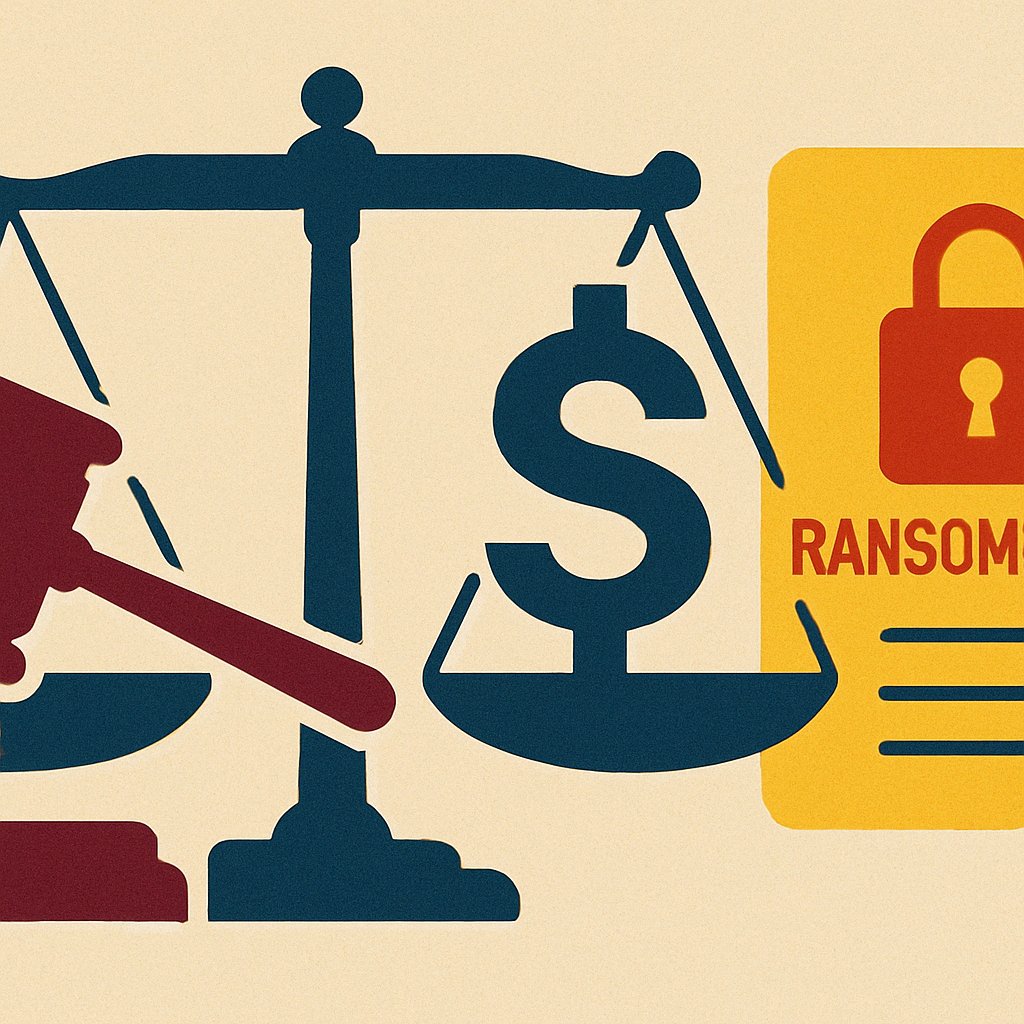As organizations increasingly find themselves caught in the crosshairs of cybercriminals, the question of whether to negotiate or pay ransoms has become a pressing dilemma. Ransomware gangs have adopted business-like structures, complete with customer service and negotiation strategies, making no sector immune to these attacks. From hospitals to global corporations, the surge in ransomware incidents highlights the precarious situation companies face when their data is held hostage.
A recent report by Zscaler sheds light on the growing trend of larger ransom amounts, initiated by incidents like the reported $75 million payment to the Dark Angels group. This development has reportedly inspired other ransomware operators to demand higher payouts. However, there is a silver lining; according to Chainalysis, a significant number of victims are now refusing to yield to these demands, creating a more challenging environment for attackers source.
Despite rising frustrations toward these criminal enterprises, some companies feel compelled to make ransom payments to regain access to critical systems. With lives at stake in scenarios like hospital data breaches, the urgency of recovering operational capabilities often overrides ethical considerations. Noteworthy cases, such as the Colonial Pipeline attack, underscore the complicated nature of these decisions; they paid a $5 million ransom, though law enforcement later managed to recover a portion of those funds source.
In the wake of such threats, professionals advocate for a strategic approach to ransomware negotiations. Many organizations enlist third-party negotiators who specialize in these high-stakes dialogues. By maintaining professionalism and deploying tactics like stalling to buy time, these experts aim to lower ransom demands while minimizing the risk of data loss. Moreover, early involvement of law enforcement has proven essential, aiding in the identification and apprehension of cybercriminals source.
Ultimately, the challenge lies in creating effective ransomware response plans that equip organizations to handle these crises efficiently. Best practices include preparing through simulated attack exercises and laying out clear protocols for both prevention and response. As ransomware attacks become more sophisticated and unpredictable, companies must adapt to an evolving digital landscape with an emphasis on resilience and strategic decision-making.

